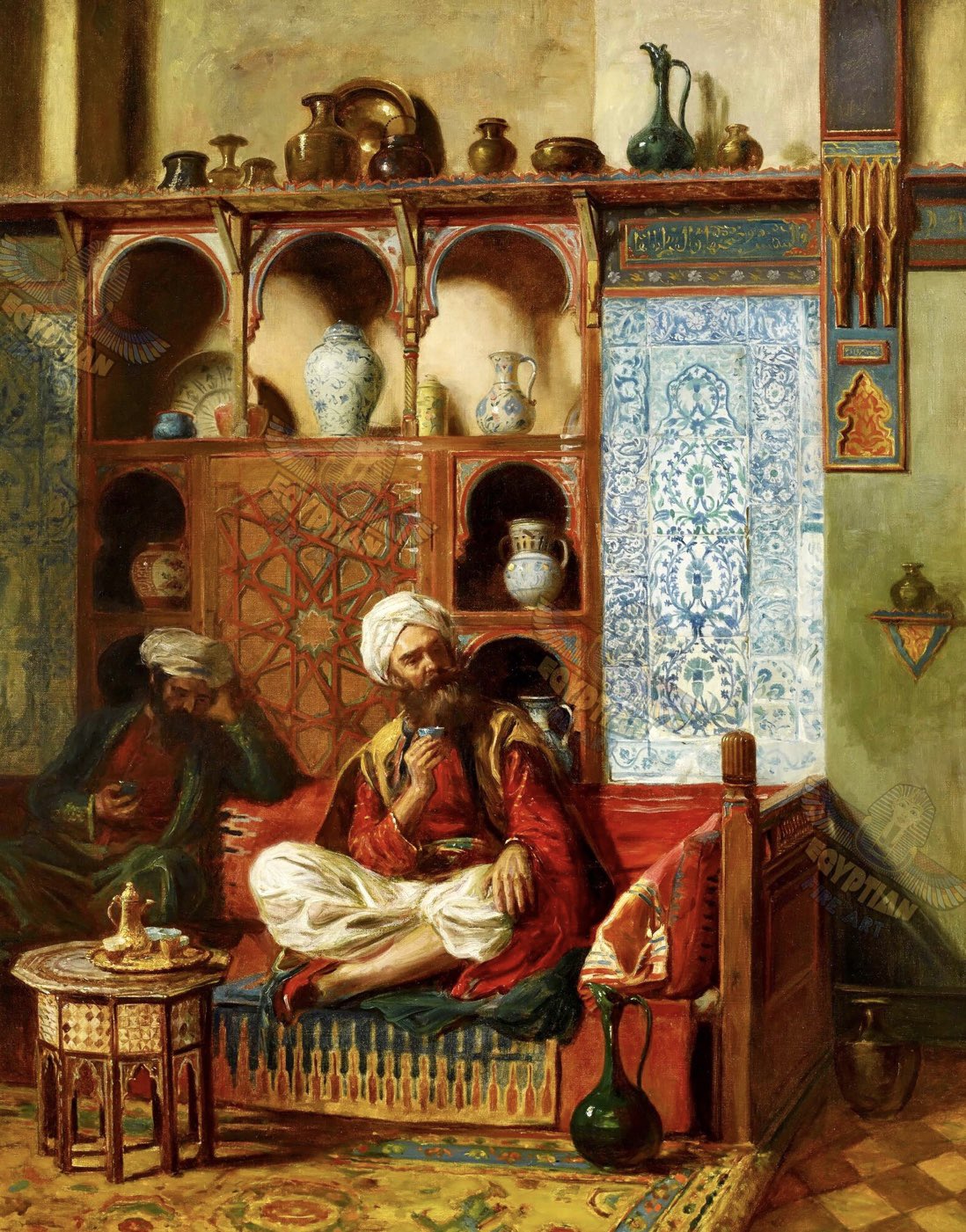- Danann
- Aug 4, 2013
-

|
https://twitter.com/primarycatdad/status/1570739141918457857
quote:
For some few days in July of 1877, the city of St. Louis was held by a revolutionary Commune. You fancy yourself a communist but don't know about the only self-organized commune in the territorial U.S.? Sit right down and listen.
It began, as revolutionary actions often do, with a depression.
Beginning in 1873, the world capitalist economy was struck with stagnation and contraction. It was kicked off by the Panic of '73; a series of bank failures in Austria soon spread to the rest of the world economy. Industrial production in the U.S., which had been growing at a rate of 3x each year, slowed to 1.7x between 1873-1890. There was a 10% decline in manufacturing output during that period, with most of this being in consumer goods, iron, and construction.
On July 14, 1877, the Baltimore and Ohio Railroad cut its wages again - for the third time that year. The railroad workers had no unions, but they spontaneously broke out into a strike. The strike started on July 14, 1877, with B&O railroad workers in Martinsburg, West Virginia. They blockaded the town, a critical rail juncture, and prevented all rail traffic from rolling through, demanding that the wage cut be revoked.
The governor of West Virginia dispatched the National Guard to clear the lines and resume rail service, but the guardsmen refused to fire on the strikers. At the same time, the B&O workers in Maryland took up the strike and closed the railroad center at Cumberland. Albany, Syracuse, and Buffalo New York, all major railyards, closed. The strike spread from the B&O to other lines. In Pittsburgh, the Pennsylvania railroad baron Thomas Alexander Scott recommended the strikers be given a "rifle diet."
On July 21, the Pennsylvania National Guard bayoneted strikers and then opened fire, killing 20 railroad workers. The strikers did not disperse; they retaliated, trapping the guardsmen in a roundhouse and razing 39 buildings. Striking railroad workers in Pennsylvania burned 104 locomotives and 1,245 freight and passenger cars. The Pennsylvania National Guard fought their way out of the roundhouse, shooting and killing over 20 people as they cut their way out of the railyard.
This was the background of the strike action in St. Louis. As the country seized in strikes and transport actions, the Workingman's Party (the first Marxist party in the U.S.) and the Knights of Labor gathered in St. Louis. On July 22, one day after the massacre in the Pennsylvania railyards, train workers held a secret meeting to call for an increase in wages and determined to strike. They then held a public outdoor meeting, which was steered by 200 members of the Workingmen's Party.
That night, a third meeting was held, and the rail workers adopted a resolution that read:
WHEREAS, the United States government has allied itself on the side of capital and against labor; therefore,
RESOLVED, That we, the workingmen's party of the United States, heartily sympathize with the employees of all the railroads in the country who are attempting to secure just and equitable reward for their labor.
RESOLVED, That we will stand by them in this most righteous struggle of labor against robbery and oppression, through good and evil report, to the end of the struggle.
The demand was put to the bosses who rejected it immediately. The strike began at midnight in East St. Louis and within hours of announcement, the strikers controlled the city uncontested. In the morning, the rail strikers announced they would permit passenger and mail trains to pass through the city, but all freight traffic would be stopped. The rail companies waited. Chicago & Alton tried to start a freight train, but it was stopped and turned back to the yard. The Union Railway & Transit Company removed their wage decrease, but the Transit workers continued to strike in solidarity with their brothers, stiffened by militants in their ranks.
City officials wired frightened messages, warning that this was a repetition of the Paris Commune of '71. The second day of the strike, July 24, the strikers determined they would expand their blockade to passenger trains. A train was decoupled from its passenger cars and only permitted transit when the locomotive was bare.
At 11:00 AM that morning, twenty-five strikers led by an Ohio and Mississippi Railway engineer seized two Missouri Pacific Railroad locomotives, took the Missouri Pacific engine shops, and tried to persuade the workers there to cease work. They refused. 3,000 - 4,000 people gathered at the depot as unrest increased. It was announced by the city authorities that six companies of infantry were marching to put an end to the blockade and clear the rail lines. Police began to sweep the streets.
At 4:00 PM that afternoon, flatcars from other striking yards arrived, loaded with more strikers. The word had gotten out that St. Louis was the hub of a powerful solidarity movement across all railway lines. At 6 PM, six companies arrived from Fort Leavenworth. Their commander stated that "I have been ordered here with general instructions to protect the property of the United States" but declined to take action except to hole up in an army barracks.
That night, Communist leaders held meetings throughout the city. Processions of people marched through the streets. The city government, paralyzed by the fear that they were not heavily armed enough to act, did nothing. The police remained "inert."
On July 25, 1877, at 9 AM, the Communists gathered a crowd in a downtown marketplace. There, they convinced wire manufacturers to join the strike. At 10 AM they marched to Turner Hall where the executive committee of the Workingmen's Party was meeting.
By now, Black workers had joined the white strikers. An air of solidarity prevailed throughout the city. The Workingman's Party declared that all work within St. Louis would soon come to a halt.
On the morning of July 26, a mass meeting of coopers agreed to join the strike. Smelter and clay workers joined the strike. 35% of the workers striking were U.S. born; 29% were German; 18% Irish; 12% English or Welsh. A full 12% of strikers were Black.
The strike was entirely controlled by the Executive Committee, a group of 47 or so men that appear to have been elected or appointed by unknown processes. The most prominent were clerks, a student organizer, a doctor, a drug and bleach maker, a newspaper seller and a boot fitter.
On the evening of Wednesday, July 26, in Carondelet, six miles south of the city center, as ironworkers called on the Martindale Zinc Works to enter the strike, the foreman of the works struck a striker with a crowbar. The police tried to step in, but were driven off with rocks. The ironworkers took control of the zinc works and unfurled the red flags of the International. By the end of the day, there was not a single manufactory in operation. The strike had shut down the entire city. It was all in the hands of the Workingmen's Party.
That evening, there was another mass meeting at Lucas Market of over 10,000 people. Peter Lofgreen, a workingman's delegate, harangued the crowd and told them that if the managers could not restore their pay, it was time for the railroads to be in the hands of the workers.
Thomas Curtis declared that the demands of St. Louis must go all the way to the president of the United States. This, he said, was "not a strike - but a social revolution!"
On Thursday barbers, wagon-makers, painters, blacksmiths, and mills closed. Only a few remained open to process bread. The mayor met with the Executive Committee repeatedly, begging for more shops to be opened.
In Carondelet, 18 metal workers were organized into a makeshift police force that patrolled the streets. In East St. Louis, the railway workers held a parade with a brass band and banners that said "We Want a Peaceful Revolution" and "Liberty, Equality, and Fraternity."
Then the Executive Committee faltered. At the close of the 26th, they stated that "in order to avoid riot, we have determined no large procession until our organization is so complete as to positively assure the citizens of St. Louis a perfect maintenance of order". When a group of Black workers asked to join the party, the Executive Committee "replied that we wanted nothing to do with them."
Reaction was not asleep. Merchants were raising $20,000 behind closed doors (close to $1 million today) to arm the militia. The St. Louis Gun Club supplied shotguns. 1,500 rifles and 2 cannon were sent by the governor. 11,000 volunteers were mustered into service.
On July 27, the governor sent a missive demanding the disbandment of the Executive Committee and its strike committees. The Workingmen's Party replied "Nothing short of compliance to the [just demand for wages] will arrest this tidal wave of revolution." The papers were now referring to St. Louis as the "St. Louis Commune."
At 3:00 PM on Friday July 27, municipal and federal forces arrived downtown. Police cavalry led the way, riding abreast to cover the entire width of the street. They were followed by foot police with rifles and the two cannon from the armory. Half a block behind the city police there marched the federal troops, all with fixed bayonets. The cavalry plunged into the crowd outside the Hall where the Executive Committee met. One of the officers shouted "Ride 'em down! Ride 'em down! They have no business here."
Within hours, several members of the Committee had been arrested. 73 rank-and-file workers were arrested in the chaos.
The Executive Committee had failed to act to arm its revolution against the counter-revolution. It had rejected the aid of the Black workers that made the seizure of the city possible. The remaining members of the Committee were isolated and the strikers at the mercy of police. By August 1, 1877, leaderless, the strikers were forced to return to work as seven companies of Illinois National Guard troops entered St. Louis. But the threat of a renewed strike kept the capitalists aware that they had to tighten their grip.
From July 22 until August 1, the strike Executive Committee had controlled the city. It had failed, utterly, to establish the necessary self-defense required for the revolution. It had dealt with the mayor and business interests in the city as cold allies. What if they had not suspended the mass meetings? What if they had armed the workers? What if they had not broken the solidarity of Black and white workers and instead expanded their demands to include those of the Black toilers?
What if what if what if indeed. We cannot know what if, merely study their obscene failings at a moment when the power was in the hands of the people and their leaders refused to act. Remember the Commune. Do not repeat its mistakes.
Sorry one more thing to highlight here: those petty-bourgeois merchants who armed the militia and brought in weapons? They were puffing and blustering with the Committee the whole time, begging to be allowed to open their shops. Just like the Paris Commune, the committee should have EXPROPRIATED THEM and made SURE their material wealth did not pour into the counterrevolution
rip st louis commune 
|

































































